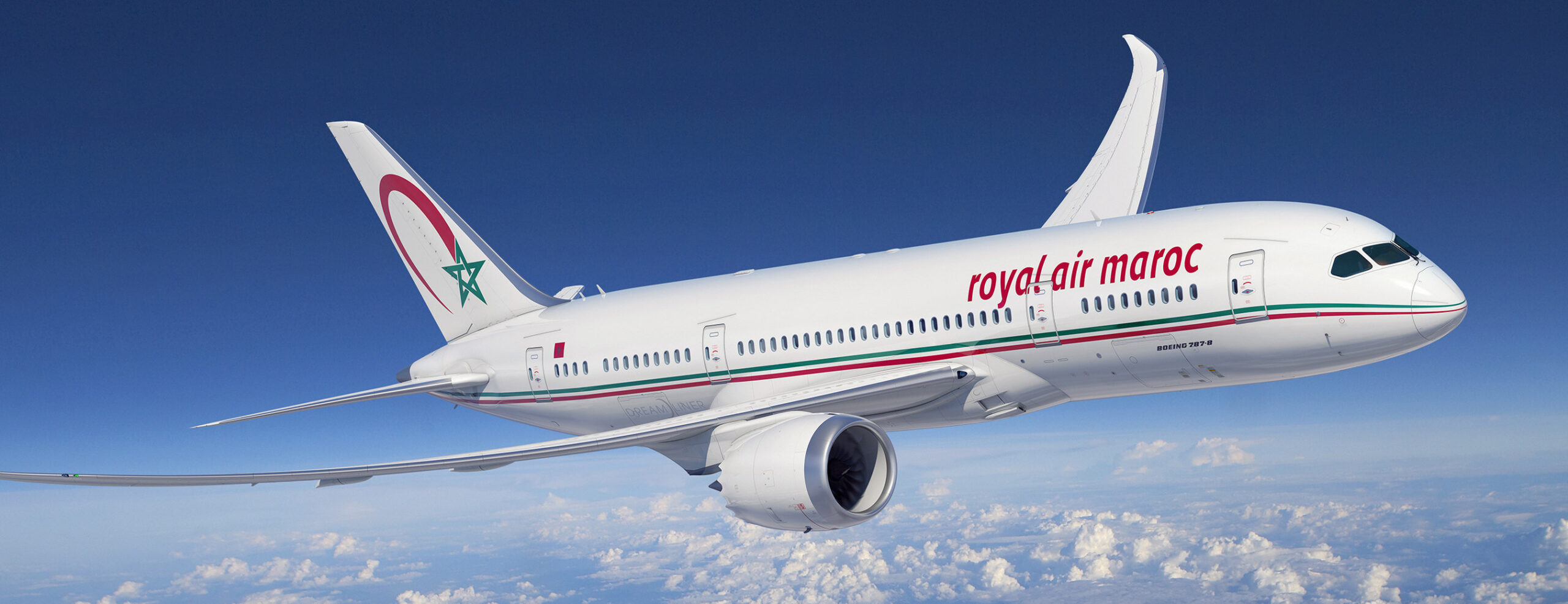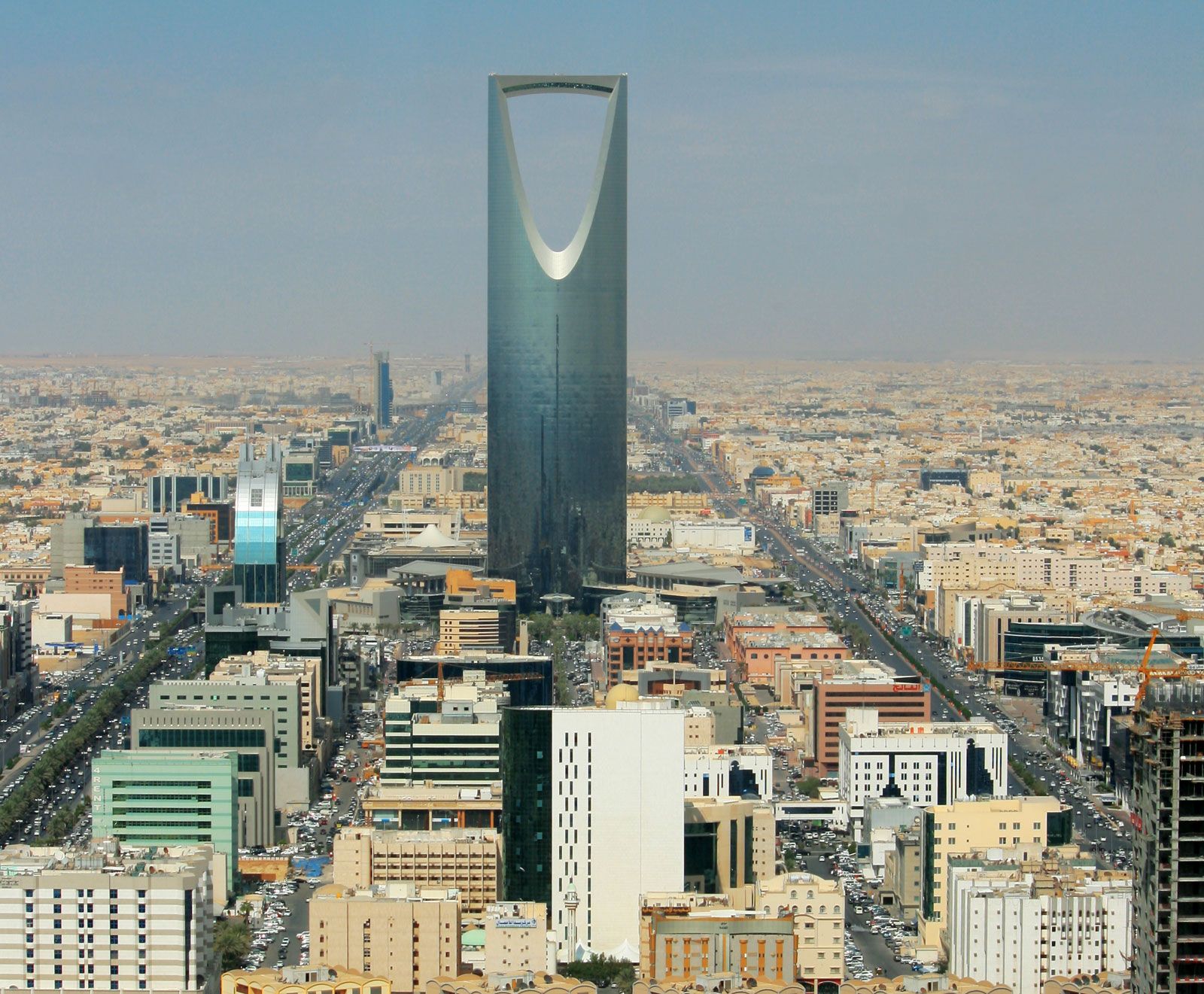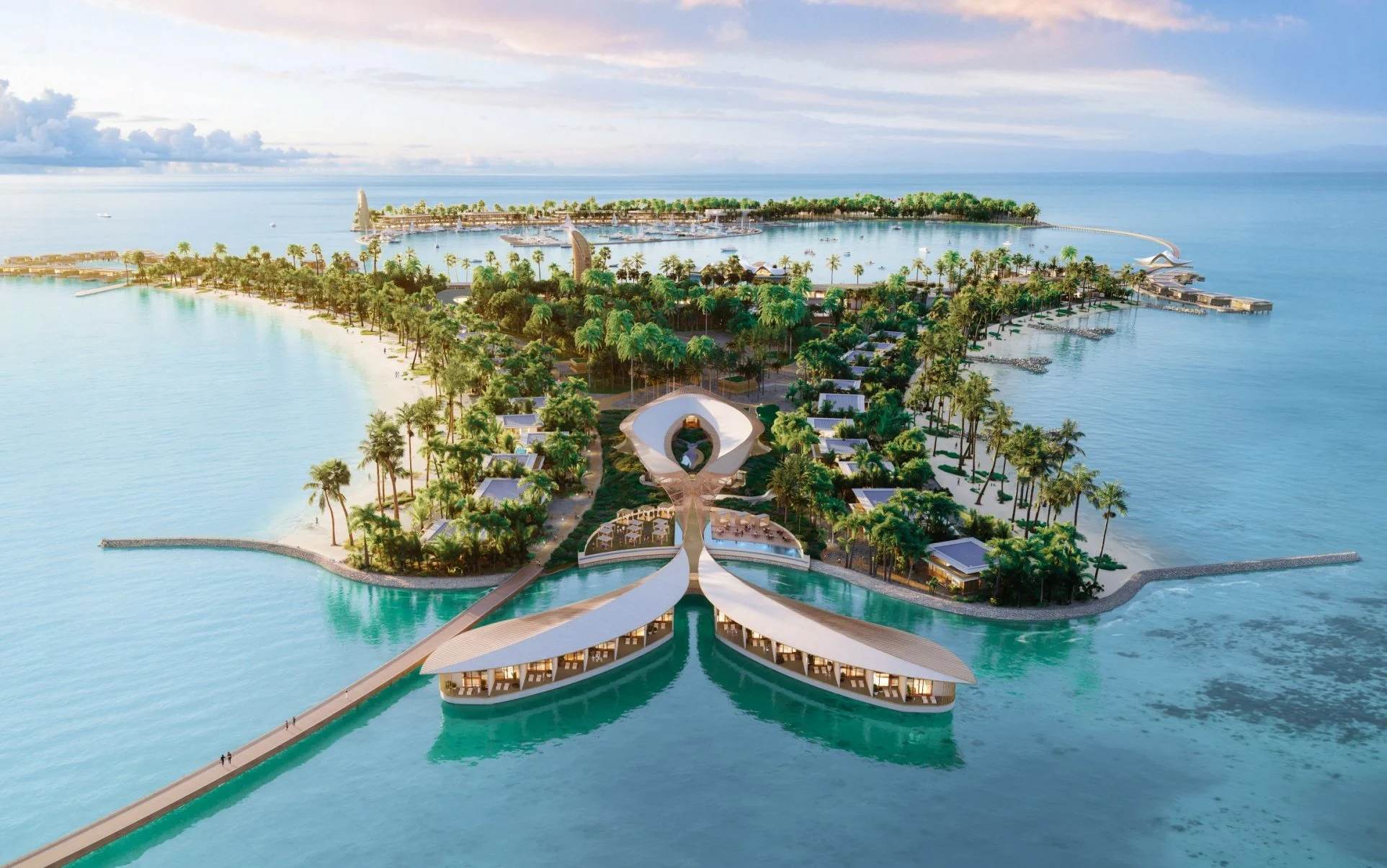Saudi Arabia’s real estate sector is experiencing positive growth driven by significant social and economic changes in the Kingdom, according to a recent report by S&P Global.
“Significant social and economic changes are making the Kingdom a major target market for international brands in the fashion, luxury, and food and beverage segments. As a result, demand for premium retail space is increasing,” the report said.
However, S&P Global noted that Saudi Arabia’s retail landscape is expected to face several challenges, including oversupply.
“Saudi retail real estate could face a supply wall. Knight Frank forecasts Riyadh’s supply to grow by 50% by 2027 and Jeddah’s to grow 75% over the same period. This could lead to rental discounts, revenue-sharing lease models, and other incentives to maintain occupancies,” said S&P Global.
In a broader context, the report cautioned that oversupply in the oil market will continue to outweigh slow oil demand growth through 2025 and beyond, and this could negatively impact the level of investment and spending in the region, particularly that Saudi Arabia and its spending on Vision 2030 remain highly dependent on oil prices.
In the Emirates, S&P projected that Dubai and Abu Dhabi are experiencing resilient demand and modest rental growth for retail real estate, with prime super-regional malls continuing to dominate the market, which has led to mall owners expanding their offerings.
Dubai’s commercial real estate sector is booming, as vacancy rates remain at an all-time low of 8.6%, and demand for grade-A offices drives up rentals, S&P Global said.
“Supportive regulations for businesses, dynamic economic environment, and the low tax regime sustains the city’s attractiveness for global businesses and family offices,” said the report.
Despite the positive outlook, the report mentioned challenges linked to the escalated and prolonged geopolitical conflict could lead to an expatriate exodus from the region, severely impacting real estate prices and rents.
Also, it said consumer trends are shifting towards innovative shopping experiences and new brands, which may pose challenges to traditional shopping malls.
The report also noted that while the luxury goods sector benefits from sustained high-end spending, broader consumer budgets are strained by economic uncertainty, high interest rates, and inflation.





